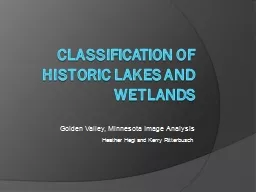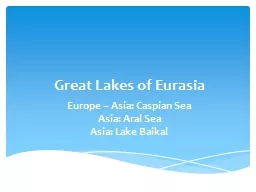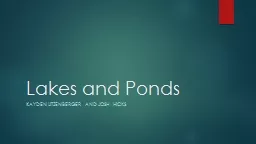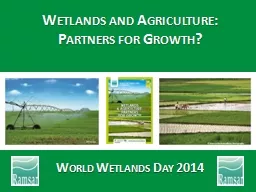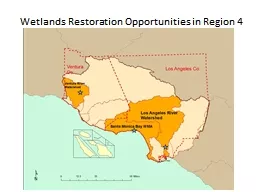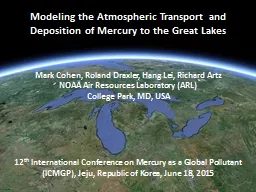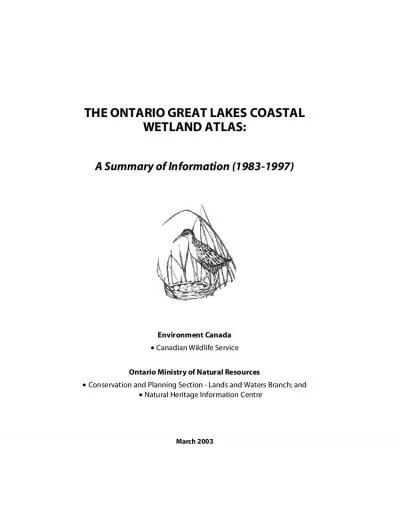PPT-classification of Historic Lakes and wetlands
Author : karlyn-bohler | Published Date : 2017-05-02
Golden Valley Minnesota Image Analysis Heather Hegi and Kerry Ritterbusch Objectives Project for City of Golden Valley Create accurate shapefiles of their historic
Presentation Embed Code
Download Presentation
Download Presentation The PPT/PDF document "classification of Historic Lakes and wet..." is the property of its rightful owner. Permission is granted to download and print the materials on this website for personal, non-commercial use only, and to display it on your personal computer provided you do not modify the materials and that you retain all copyright notices contained in the materials. By downloading content from our website, you accept the terms of this agreement.
classification of Historic Lakes and wetlands: Transcript
Download Rules Of Document
"classification of Historic Lakes and wetlands"The content belongs to its owner. You may download and print it for personal use, without modification, and keep all copyright notices. By downloading, you agree to these terms.
Related Documents

